Ensinar o seu bebé a nadar - Fase 1: Primeiros passos na piscina
- 8 de Junho de 2023
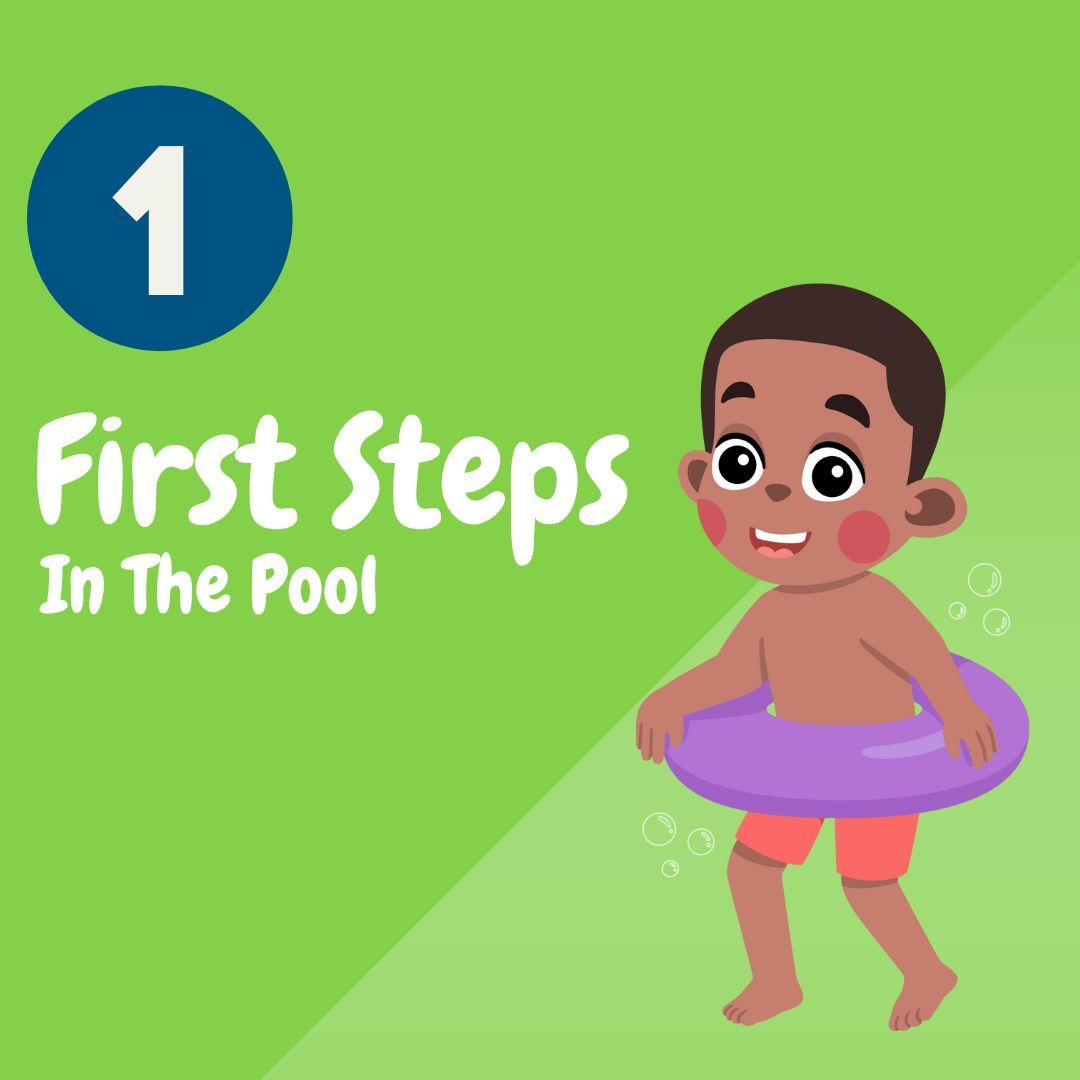
Introduzir o seu bebé na natação desde tenra idade pode ser uma experiência maravilhosa que não só promove o seu desenvolvimento físico, como também aumenta a sua confiança na água. No entanto, é crucial abordar o processo com cautela e garantir a segurança do bebé durante todo o processo. Neste artigo, abordaremos a primeira fase do ensino da natação ao seu bebé: os primeiros passos na piscina.
1. Choose the Right Time:
Opinions differ on when is the best time to introduce your baby to swimming, however, some babies can start being introduced to the water from as early as 8-12 weeks old, although every child is different.
It's advisable to wait until your baby is at least a few of months old before introducing them to the pool. 6 months is suggested as a good age to introduce them for the first time. This age ensures that their immune system is sufficiently developed, reducing the risk of waterborne infections.
2. Seek Out a Parent and Baby Swim Class
To further enhance your baby's swimming experience, consider enrolling in a parent and baby swim class. These specialised classes provide a structured environment led by experienced instructors who understand the unique needs of infants and their parents. The classes offer a valuable opportunity for social interaction with other parents and babies, fostering a sense of community and support. Additionally, the instructor can guide you through age-appropriate activities, offer expert advice, and provide a progression plan tailored to your baby's abilities. Parent and baby swim classes can be a wonderful way to deepen your bond with your baby while expanding their swimming skills in a safe and enjoyable setting.
3. Pick a Suitable Pool:
Look for a warm, shallow pool with a clean and hygienic environment. Baby-friendly swimming pools or specialized infant swimming classes can provide a controlled setting for this stage.
4. Get Equipped:
Invest in appropriate swimwear for your baby, such as a well-fitted swim nappy and a comfortable kids swimsuit. Additionally, consider using a floatation device designed specifically for infants to provide extra support and safety.
Consider purchasing an inflatable float chair, swim seat or trainer seat. These allow your baby to spend time in the water in a safe and secure way, they're great for getting your little one used to the water gradually.
5. Start Slowly:
Begin by gently introducing your baby to the water. Hold them securely, keeping their head above the surface, and allow them to feel the water on their feet and hands. Maintain eye contact and speak in an encouraging tone to create a positive association with the pool.
6. Gradual Submersion:
As your baby becomes more comfortable, you can gradually introduce brief submersion. Start by pouring water gently over their head while ensuring they are calm and relaxed. Over time, progress to gentle submersion, always monitoring their reaction and comfort level.
7. Fun and Games:
Engage your baby with simple games and songs in the water. Toys that can float or squirt water add to the excitement. These activities make the swimming experience enjoyable and help your baby associate the pool with fun.
Remember, each baby is unique, and it's important to respect their individual progress. Some babies may take to the water quickly, while others may need more time to acclimate. Always prioritize their safety and comfort, and consult with a qualified swimming instructor for guidance if needed.
Teaching your baby to swim is a gradual process, and Stage 1 focuses on building familiarity and water confidence. With patience, encouragement, and a focus on safety, you can lay a strong foundation for your baby's future swimming adventures.
Leia mais artigos na nossa série "Aprender a nadar":



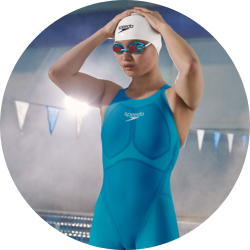

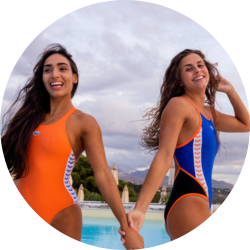
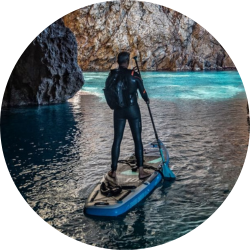
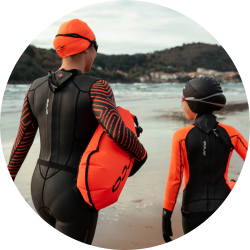

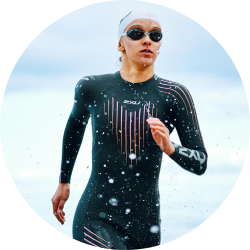
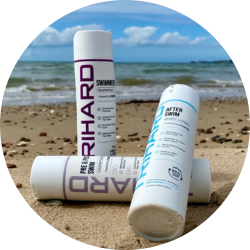
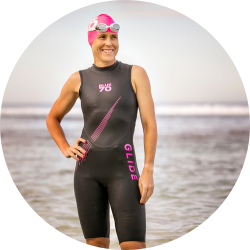
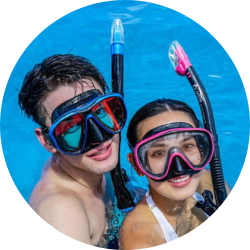
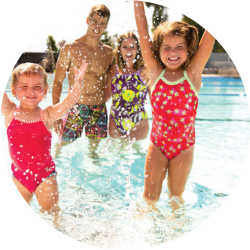
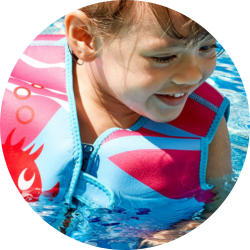
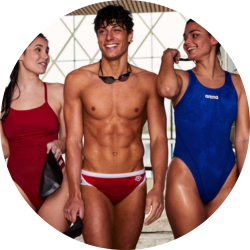
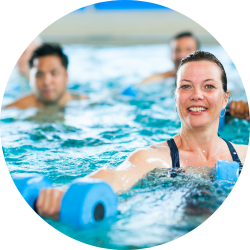































































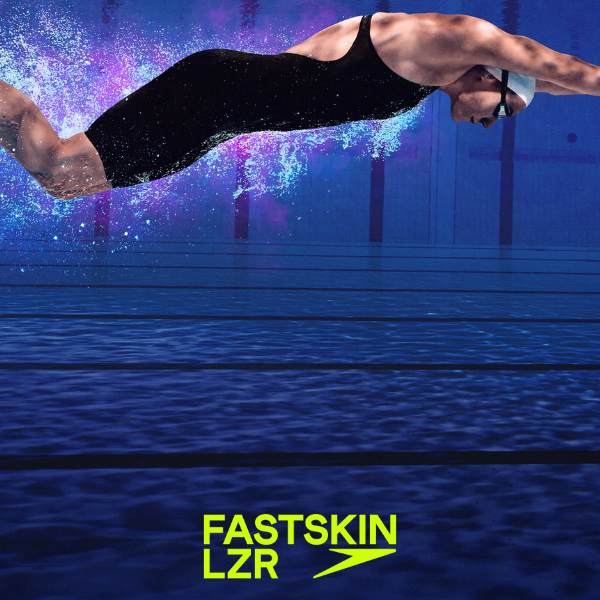
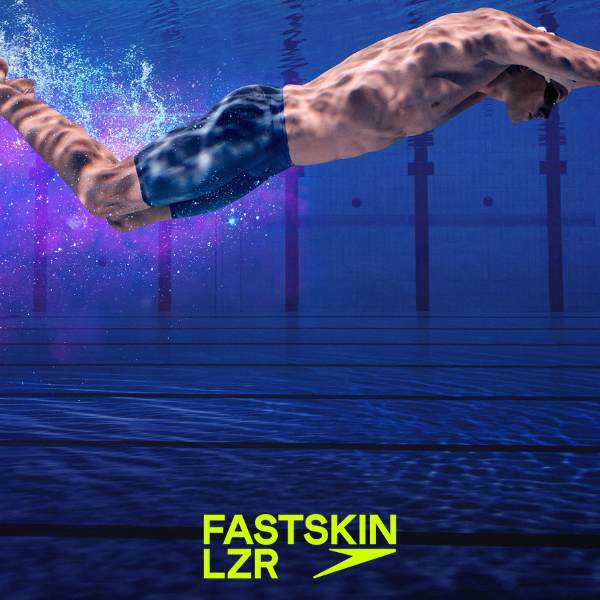





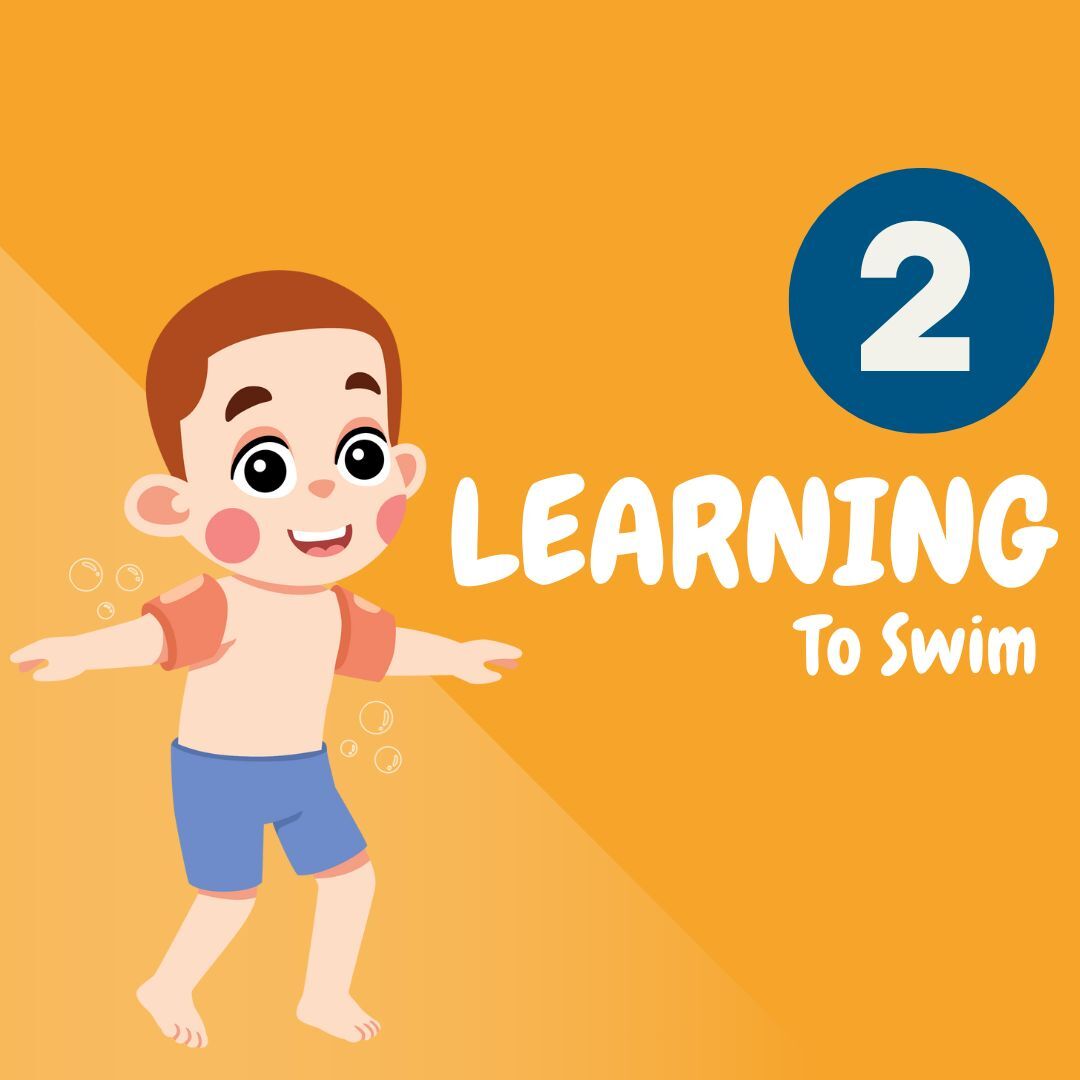






Validar o seu início de sessão